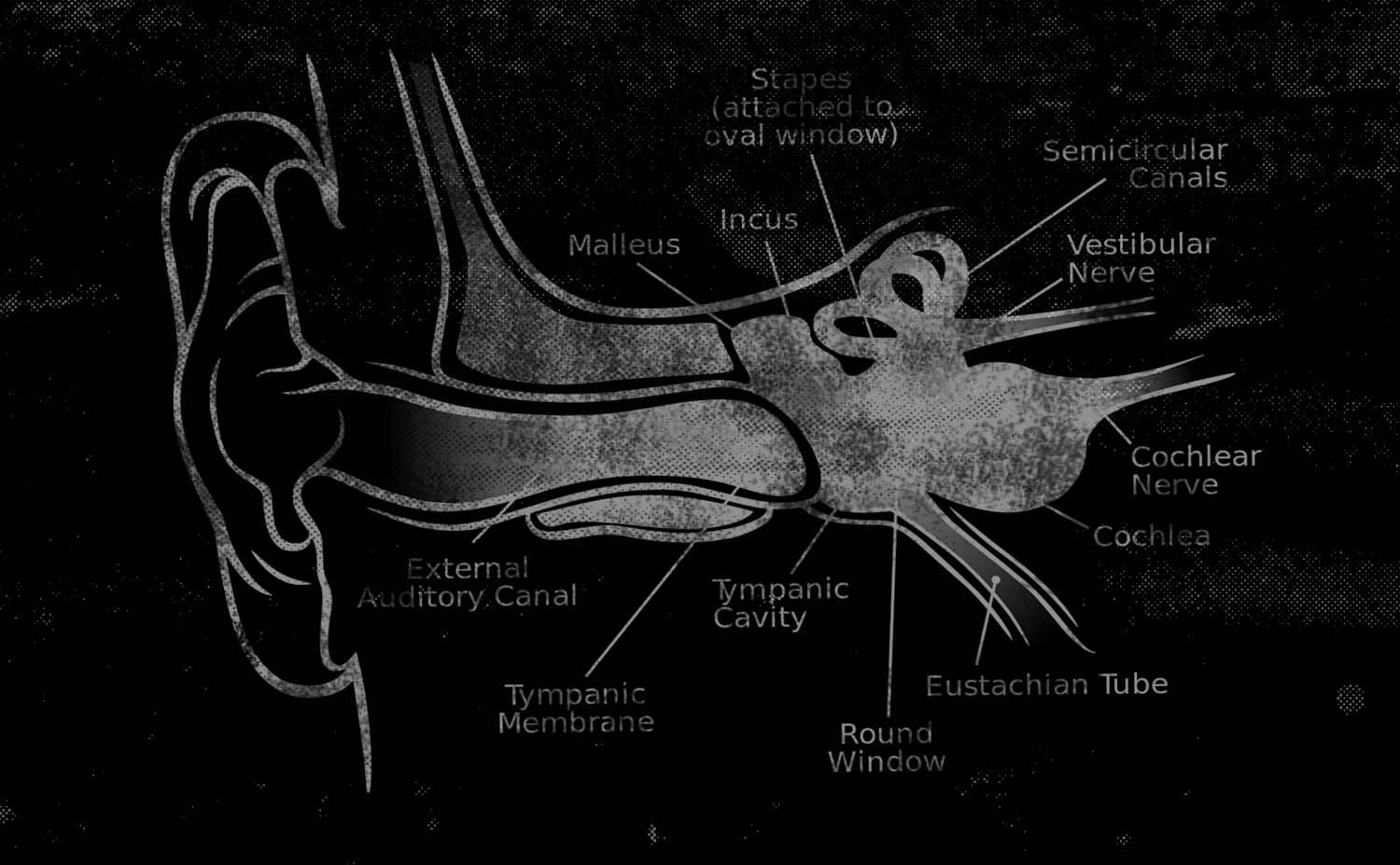If there’s one main point to make around design process - one commonly voiced by designers - it’s on effective feedback.
Could it be that as a tribe designers are thin-skinned, that they labour under the illusion that client projects are vehicles for their precious personal creativity?
Seriously! We have other outlets for that stuff.
So when we say we're focussed on of what will result in the most effective design to engage users and support an organisation’s goals.
Well, [spoiler alert], in the words of the all-too-mortal Hans Solo: "It's all true, all of it".
There Are Two Kinds of Feedback
Most effective, is to critique in terms of problems that remain to be solved, rather than specific design instructions:
The most useful and effective critique tends to be like:
- It seems hard to know where to begin, on this home page
- Everything feels very busy in the header
- I’m not sure this conveys the formality of our brand- maybe it’s the type?
- The menu is overwhelming - do we need to restructure our content?
These are open questions that get a project goal-centred conversation going, that can deliver solutions that don’t throw the baby out with the bathwater – ie: they leave room for the designer solve specific problems with a design without underminding other aspects, without, for example, breaking the layout’s horizontal rhythm, or adding colours that may harmonize in one place, but not across the site, or that may not allow space for dynamic (unknown, varying) content.
Less helpful is feedback like.
- Move that button about 20 pixels left.
- Put a border inbetween those text blocks.
- This should be a [burger/mega/dropdown/off-canvas… insert ‘favourite’ kind] menu
- Make this half the size of that.
What’s So Good About Problem-Stating, Non-Prescriptive Feedback?
Application
One simple reason is that clients might see a specific solution in a specific context, but rarely have any idea of how that is going to map out in a variety of situations, with dynamic content, or what effect it might have on the ability of implementers to maintain a systematic approach to delivering style, layout etc (the kind that tends to produce reassuringluy consistant experiences for users).
Designers have to think about how all the pieces fit together and work consistently through a user experience. Layout, colour, typography etc all should work consistantly to support project goals and not function under different ‘natural laws’ in different contexts (eg pages, or page regions on a site), Clear differentiation needs to be maintained without too many ‘inbetween’ sizes, hues etc to heiarchies of importance can be clear.
The Right Tool
Another reason to be non-prescriptive,is that designers simple have many more tools in their kit to solve the problems you identify. For example, if an element or message isn't cutting through a non-designers first impulse is to turn stuff up - make the logo bigger, the colours hotter, etc etc. An effective designer will always consider dialing the noise down, allowing your content or branding to have space and breathe a bit: Non-prescriptive feedback leaves us room to find the best tool for the job.
Users Are Different - From All of Us
The reality is that what we (both client and designer) ‘like’ - doesn’t really matter - with the possible exception of when there’s a particular cultural affinity with users. But even then, our experience of the content, branding, UI - are all contaminated by over-exposure.
Effective Design is Iterative
It’s unlikely to ‘get there’ in a single step. Getting the Dyson bagless vacuum cleaner to market required 5,127 prototypes. Prescriptive feedback doesn’t allow for any iteration even within an designer’s own design iteration. Problem stating feedback encourages looking at the problem in different ways.
The Dynamics of Feedback
Yes designers have feelings too. We feel frustrated if we’re micromanaged - of course we’re embarrassed to put out work that breaks good design principles, but our main concert is if we’re pretty sure a change is going to compromise our ability delivering an effective design for your users.
But we’re not scared of criticism - in fact we fully embrace it. Anyone who’s been through design school should have come to value a culture of constructive critique as part of an iterative design process. Bring it on!
We want clients to be happy. Really happy. And clients are happiest when their users are happy - something that is more likely to come out of discussion that drills down to the real issues, rather than a simple prescriptive instruction, and even more than if their site has that font they really liked.
See: Austin AIGA on Good Web Feedback, Trillion on Constructive Feedback, 11 Steps to Good Design Feedback.
[Examples above are (mostly) hypothetical.]

